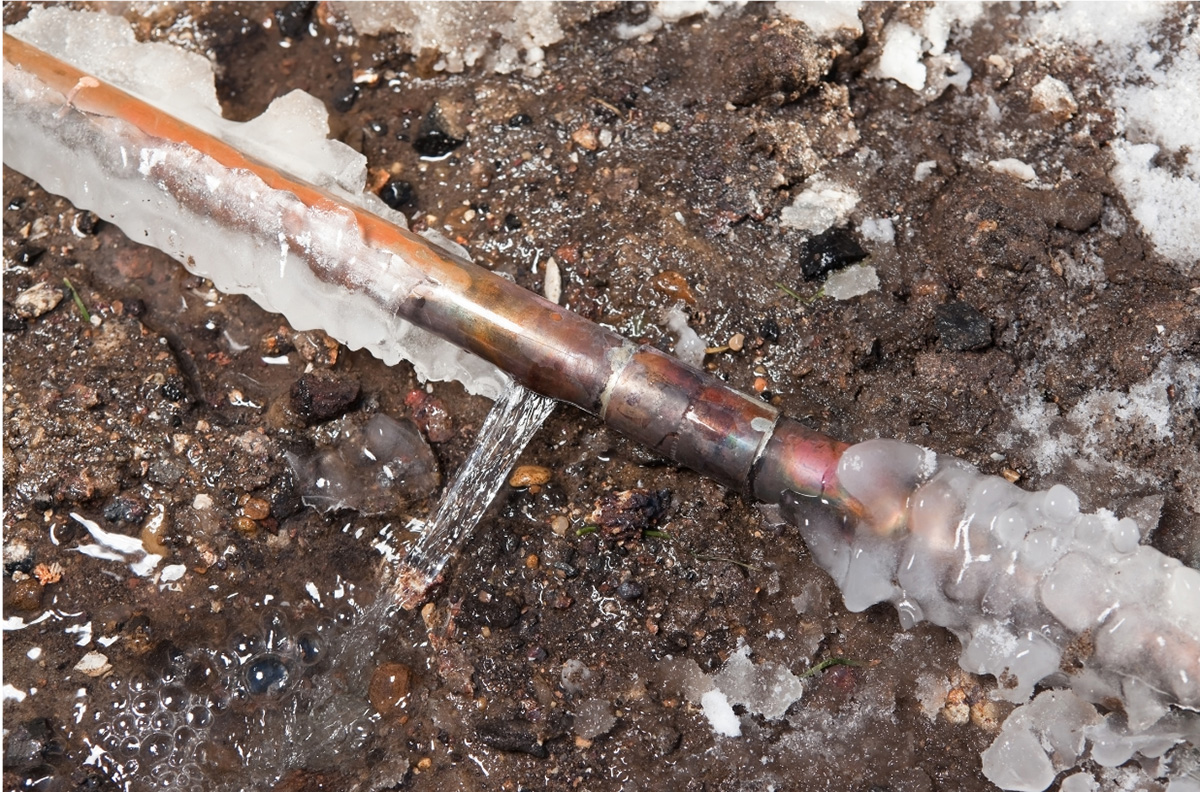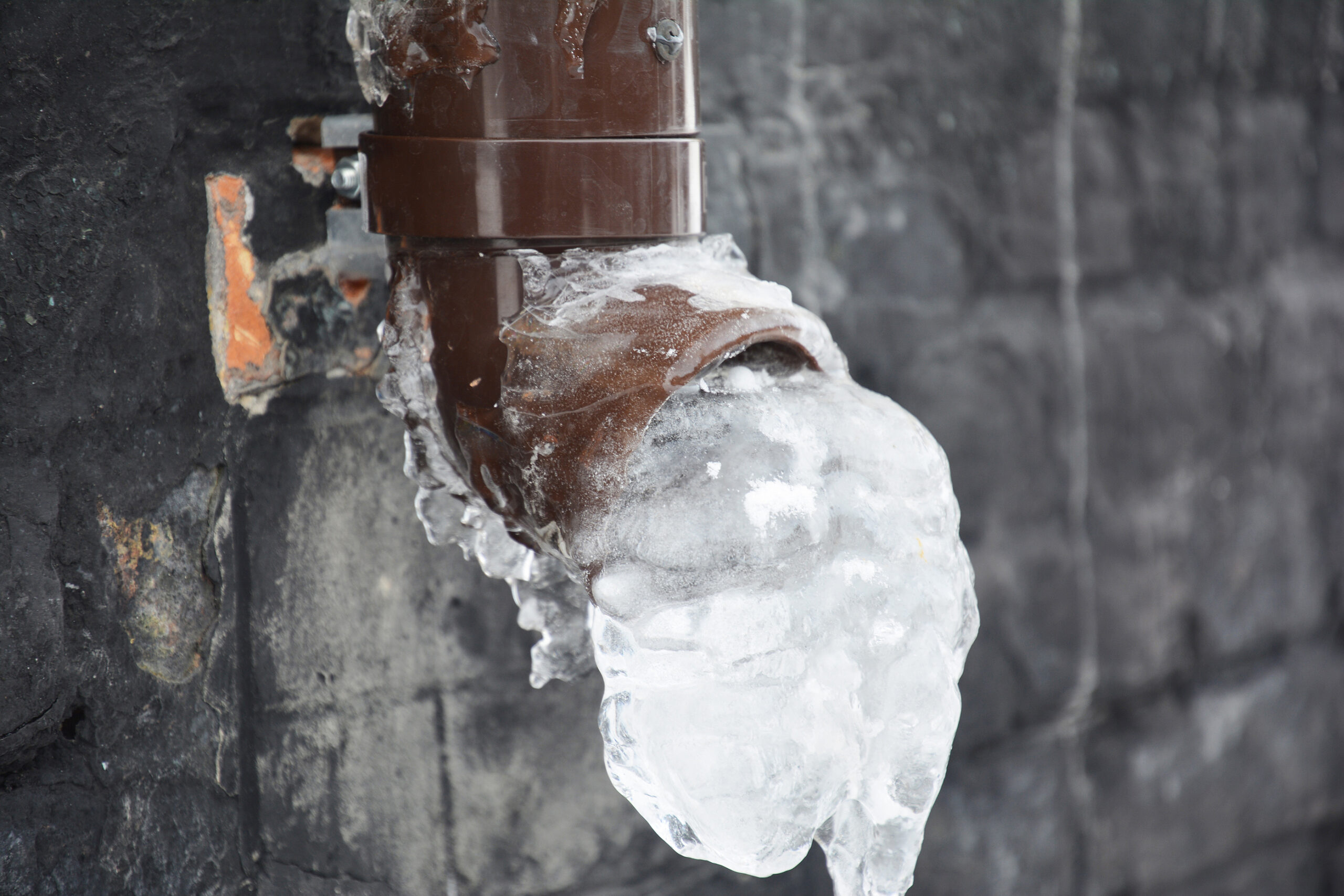We have stumbled upon the article relating to Prevent Frozen Pipes listed below on the web and concluded it made sense to quickly share it with you on this site.

Cold weather can wreak havoc on your plumbing, particularly by freezing pipes. Here's just how to stop it from taking place and what to do if it does.
Intro
As temperatures drop, the threat of frozen pipelines boosts, potentially leading to pricey repair services and water damages. Understanding exactly how to avoid frozen pipelines is important for house owners in chilly climates.
Avoidance Tips
Insulating at risk pipes
Cover pipes in insulation sleeves or utilize warm tape to protect them from freezing temperatures. Focus on pipelines in unheated or external locations of the home.
Home heating methods
Keep interior rooms properly heated up, especially locations with plumbing. Open cabinet doors to enable cozy air to flow around pipelines under sinks.
Exactly how to determine frozen pipelines
Look for decreased water flow from faucets, uncommon smells or noises from pipelines, and noticeable frost on exposed pipelines.
Long-Term Solutions
Structural modifications
Take into consideration rerouting pipes away from outside walls or unheated areas. Include additional insulation to attic rooms, basements, and crawl spaces.
Updating insulation
Buy high-grade insulation for pipelines, attics, and wall surfaces. Correct insulation aids preserve consistent temperature levels and minimizes the danger of icy pipelines.
Safeguarding Outdoor Pipes
Garden pipes and outdoor taps
Disconnect and drain yard hose pipes prior to winter season. Mount frost-proof spigots or cover outside taps with insulated caps.
Recognizing Frozen Pipes
What causes pipes to ice up?
Pipelines freeze when subjected to temperature levels listed below 32 ° F (0 ° C) for extended periods. As water inside the pipelines ices up, it increases, taxing the pipeline walls and potentially causing them to rupture.
Threats and damages
Frozen pipelines can bring about supply of water disruptions, property damages, and pricey fixings. Ruptured pipelines can flood homes and trigger comprehensive structural damages.
Indicators of Frozen Pipes
Identifying icy pipes early can prevent them from breaking.
What to Do If Your Pipelines Freeze
Immediate actions to take
If you suspect icy pipes, maintain taps available to alleviate pressure as the ice thaws. Utilize a hairdryer or towels soaked in warm water to thaw pipes gradually.
Conclusion
Avoiding icy pipes calls for proactive procedures and quick actions. By understanding the causes, indicators, and safety nets, homeowners can safeguard their pipes throughout cold weather.
5 Ways to Prevent Frozen Pipes
Drain Outdoor Faucets and Disconnect Hoses
First, close the shut-off valve that controls the flow of water in the pipe to your outdoor faucet. Then, head outside to disconnect and drain your hose and open the outdoor faucet to allow the water to completely drain out of the line. Turn off the faucet when done. Finally, head back to the shut-off valve and drain the remaining water inside the pipe into a bucket or container. Additionally, if you have a home irrigation system, you should consider hiring an expert to clear the system of water each year.
Insulate Pipes
One of the best and most cost-effective methods for preventing frozen water pipes is to wrap your pipes with insulation. This is especially important for areas in your home that aren’t exposed to heat, such as an attic. We suggest using foam sleeves, which can typically be found at your local hardware store.
Keep Heat Running at 65
Your pipes are located inside your walls, and the temperature there is much colder than the rest of the house. To prevent your pipes from freezing, The Insurance Information Institute suggests that you keep your home heated to at least 65 degrees, even when traveling. You may want to invest in smart devices that can keep an eye on the temperature in your home while you’re away.
Leave Water Dripping
Moving water — even a small trickle — can prevent ice from forming inside your pipes. When freezing temps are imminent, start a drip of water from all faucets that serve exposed pipes. Leaving a few faucets running will also help relieve pressure inside the pipes and help prevent a rupture if the water inside freezes.
Open Cupboard Doors
Warm your kitchen and bathroom pipes by opening cupboards and vanities. You should also leave your interior doors ajar to help warm air circulate evenly throughout your home.

I recently found that blog entry about How to prepare your home plumbing for winter weather when doing a lookup on the web. Kindly set aside a second to distribute this blog posting if you liked it. Kudos for being here. Revisit us soon.
Book Service Now
Comments on “Tips for Avoiding Frozen Plumbing in Winter: Expert Tips”